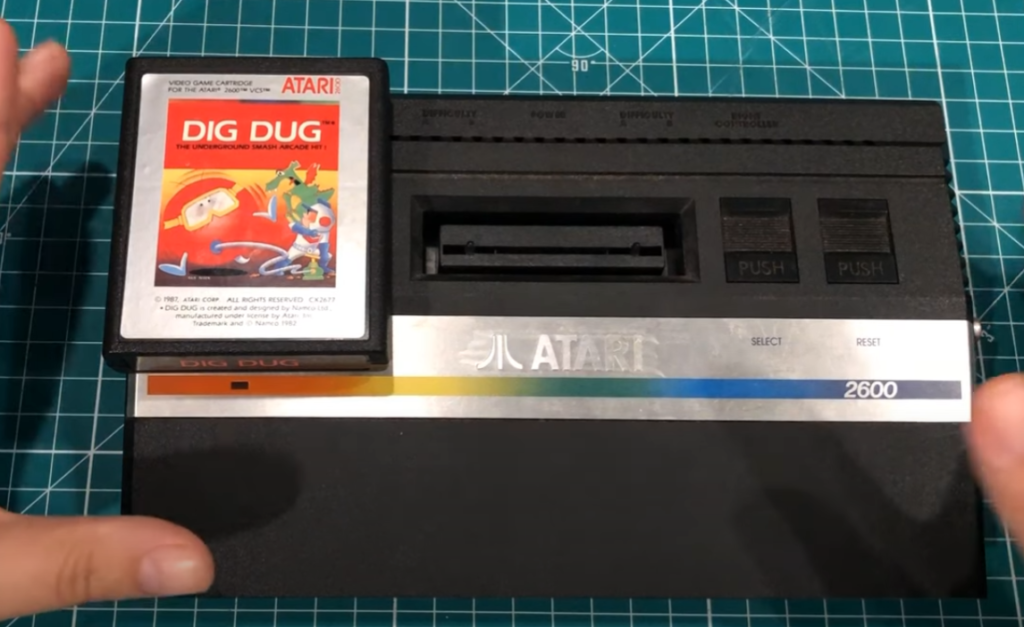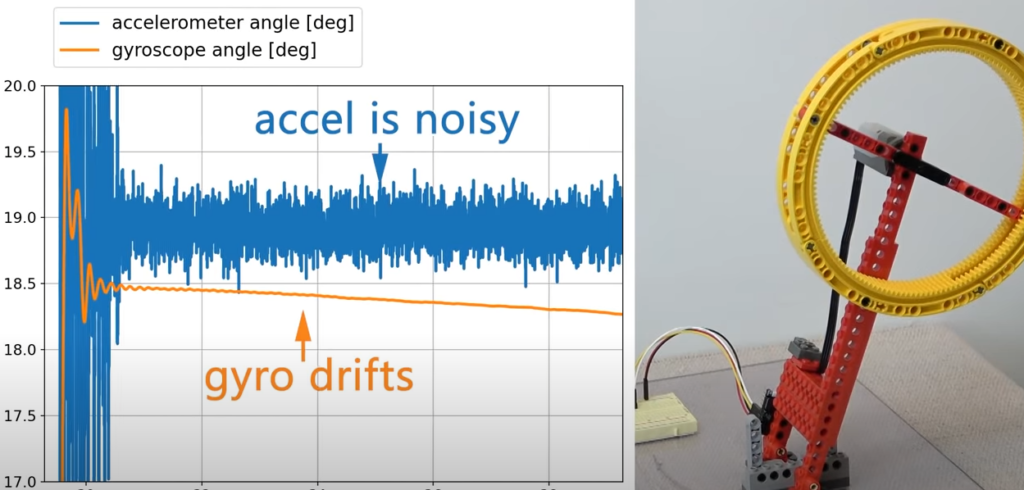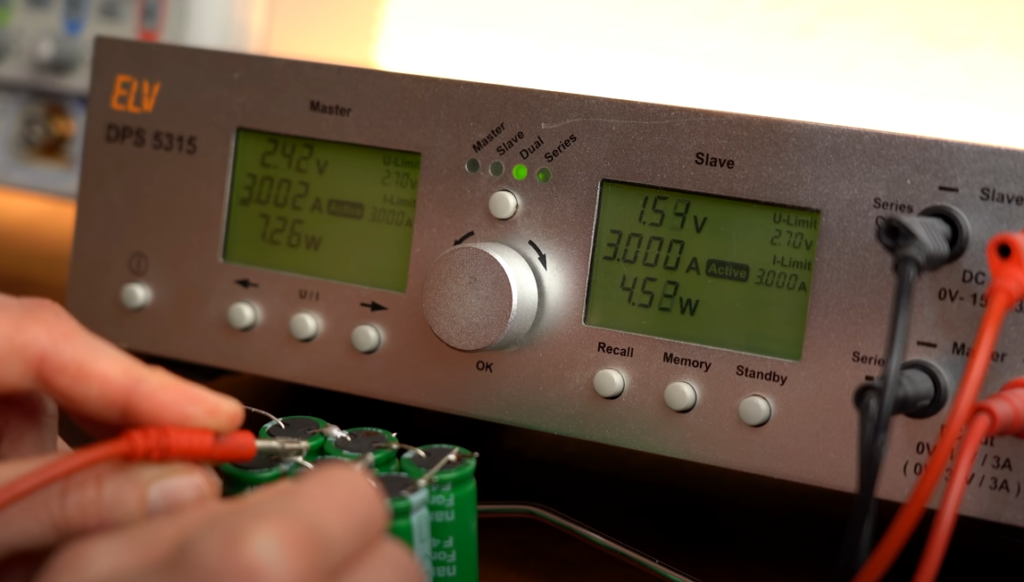About segments, the 7 segment display and alternative designs.

About segments, the 7 segment display and alternative designs.

In this video we will be having a closer look at active rectifiers. For decades we have been using full bridge rectifiers to convert our mains AC voltage into a DC voltage that we can then step down to power all of our electronics devices. But the problem is that a full bridge rectifier consists of 4 diodes that come with a noticeable voltage drop and thus power losses. Because of that an active rectifier uses MOSFETs instead of diodes in order to decrease power losses. Does that makes sense? Let’s find out!

What I wouldn’t have given for this tech back in the 80s. PCBWay.com gave me the opportunity to make this board and sponsored this video.
Get the boards here! https://www.pcbway.com/project/sharep…

I have converted the 1/87 scale BUSCH Smart Fortwo into the radio controlled model.
The steering is operated by 3.9mm diameter stepper motor and the drive by 4.1mm diameter DC motor.
Wireless communication is performed by two Bluetooth modules(RN4871U).
The RN4871U must be configured for communication before assembly.
The transmitter is built on the breadboard.
The microcontroller used is ATtiny3217 on the transmitter and ATtiny1616 on the receiver(the car side).

Single axis self-balancing reaction wheel inverted pendulum. This thing is inherently unstable and a common challenge in control theory. The mechanical structure is built using only Lego parts. Motor is also Lego. Angle sensor and electronics are not Lego.

M5Stack ATOM Display Lite is a kit based on GOWIN Gowin GW1NR-9C FPGA and LT8618SX RGB to HDMI chip designed to add HDMI output up to 720p to the company’s ESP32-based M5Stack ATOM Lite module.
The ATOM Lite sees the ATOM Display Lite kit as an SPI display, but the solution outputs the data to an HDMI monitor or TV with up to 1280×720 resolution and can be used for information display, menu board, and more.

FAYETTEVILLE, Ark. – A team of University of Arkansas physicists has successfully developed a circuit capable of capturing graphene’s thermal motion and converting it into an electrical current.
“An energy-harvesting circuit based on graphene could be incorporated into a chip to provide clean, limitless, low-voltage power for small devices or sensors,” said Paul Thibado, professor of physics and lead researcher in the discovery.

Another rare orphan display from IEE that sought to offer an affordable (and possible) option for a digital display that looks like it’s LED but is in fact incandescent. A fraction of the power requirements of what an LED equivalent would have been in the mid-70’s, but strangely designed to be non-serviceable. A brief stop-gap measure on the way to cheap high brightness LED displays that came a decade later. Enjoy!

Using an ESP32 to build a Supersized Seven Segment Clock
In this video we will be having a closer look at a new type of supercapacitor. They are called Lithium-Ion Capacitor or LIC and they have some things in common with the well known Lithium-Ion batteries. But will they replace them? What advantages & disadvantages do they come with? When to use them? Let’s find out.
